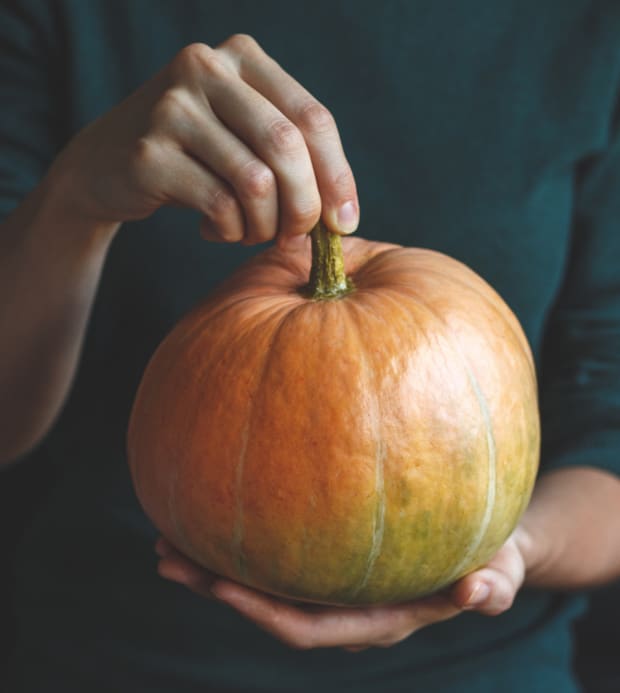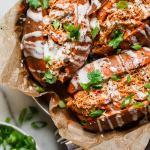- Like
- SHARE
- Digg
- Del
- Tumblr
- VKontakte
- Flattr
- Buffer
- Love This
- Save
- Odnoklassniki
- Meneame
- Blogger
- Amazon
- Yahoo Mail
- Gmail
- AOL
- Newsvine
- HackerNews
- Evernote
- MySpace
- Mail.ru
- Viadeo
- Line
- Comments
- Yummly
- SMS
- Viber
- Telegram
- JOIN
- Skype
- Facebook Messenger
- Kakao
- LiveJournal
- Yammer
- Edgar
- Fintel
- Mix
- Instapaper
- Copy Link
Even when Halloween and Thanksgiving aren’t just around the corner, there’s a world of good reasons to cook with fresh pumpkin. “Pumpkins are grown on every continent except Antarctica,” explains DeeDee Stovel, author of Pumpkin: A Super Food for All 12 Months of the Year. “For people who only associate pumpkin with pie, it’s a revelation to see all the ways you can use it.” Peeled chunks are found in African stews, Indian curries, Italian risottos, and Caribbean soups. Mexicans simmer pumpkins with brown sugar for breakfast; Turks make a soft pumpkin dessert. Brazilians stuff and bake whole pumpkins, while Japanese cooks slice them into thin strips to be fried in tempura batter. Here at home, pumpkin purée provides a slightly sweet, colorful base for quick breads, coffee cakes, and pie fillings.
One easy way to start cooking with fresh pumpkin is to substitute peeled cubes for potatoes, yams, or carrots in favorite recipes. Another is to steam, roast, or microwave chunks of pumpkin, then purée the flesh, and serve the way you would mashed potatoes. Also, try fresh pumpkin purée in your favorite holiday recipes. You may never want to go back to canned (although we have to admit, it makes baking a whole lot easier). Whichever method you choose, the delicious benefits are … dare we say it … HUGE.
Pumpkin’s Nutritional Profile
1 cup cooked:
49 calories
2 g protein
12 g carbs
0 g cholesterol
2 g sodium
3 g fiber
3 g sugars
12,230 IU vitamin A
12 mg vitamin C
1 mg zinc
Source: fdc.nal.usda.gov
The Recipes
• Sugar-Free Pumpkin Coffee Cake with Streusel Topping recipe


